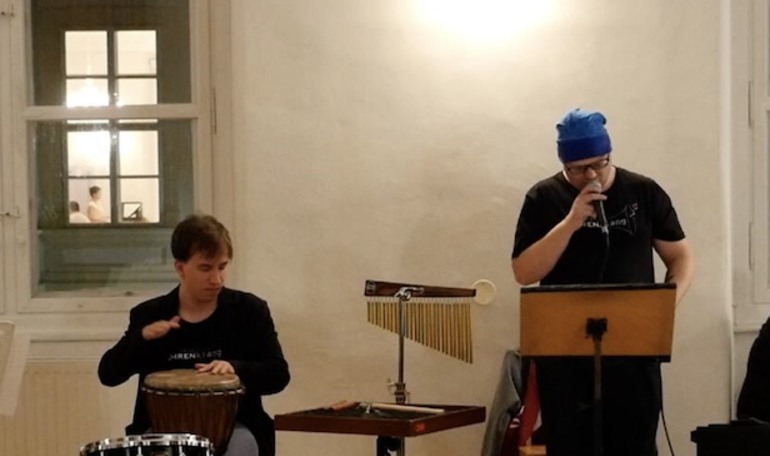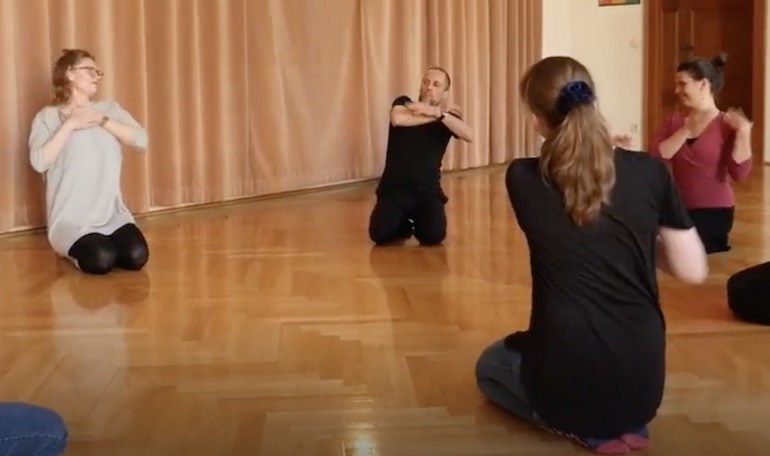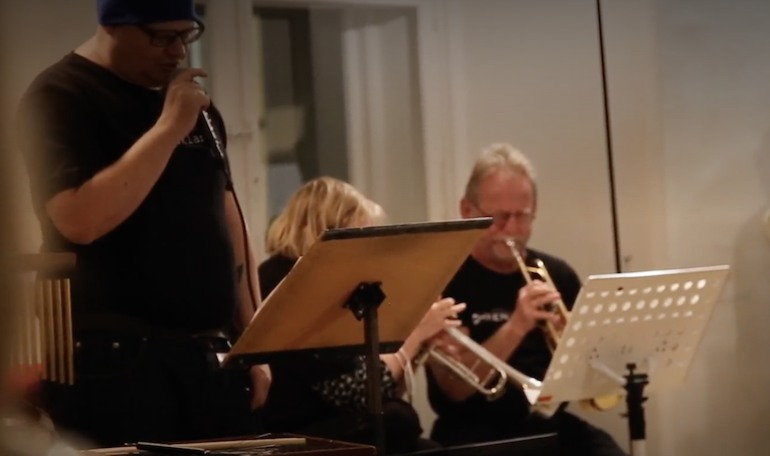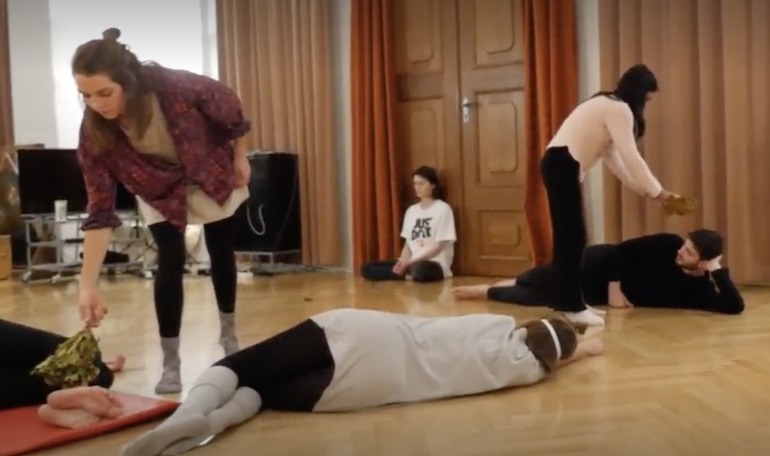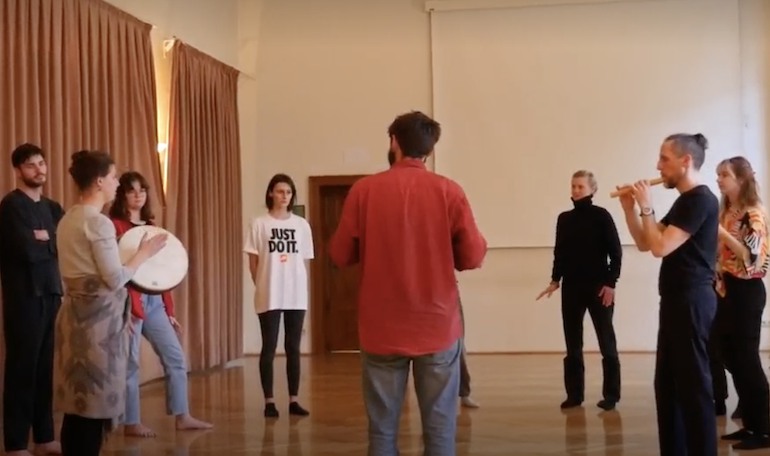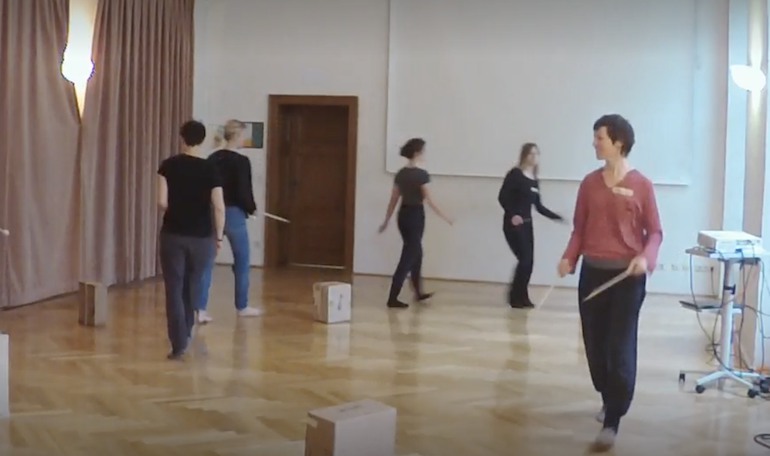Eurhythmics in inclusive and therapeutic settings
This module was developed from approaches that apply Eurhythmics, music and movement in pedagogical, therapeutic and artistic areas. This was done mainly through work with persons with disabilities. You will learn the ways in which Eurhythmics is important and how this approach can support the work in inclusive and therapeutic settings.
About
Welcome to the module Eurhythmics in inclusive and therapeutic settings. Here you will find texts, accompanying videos and further material. All of this was developed from approaches that apply Eurhythmics, music and movement in pedagogical, therapeutic and artistic areas. This was done mainly through work with persons with disabilities. It is our hope that the material will be useful and inspiring in many different and diverse settings!
Eurhythmics can be seen as a basic approach, because the reciprocal use of music, movement and materials/objects allows everybody to participate in a creative way. We trust that the outputs that stems from the Learning Teaching Training (LTT) week in Vienna in November 2021, together with further material will illustrate this.
The site is structured with the universal design for learning (UDL) as a basis and we try to show the material in various ways and in order to provide different learning accesses. Step by step you can deepen your knowledge and insights and get more and more differentiated information. You will learn the ways in which Eurhythmics is important and how this approach can support the work in inclusive and therapeutic settings.
Eurhythmics is multidimensional, and its different aspects are interconnected. The approach certainly has effects on the entire person. Nevertheless, and in order to promote clearer understanding, a division into the following six areas helps to structure our presentation of Eurhythmics in inclusive and therapeutic settings.
So jump in and be inspired!
Christoph Falschlunger
Universität für Musik und darstellende Kunst, Wien (mdw) External link.
External link.

The European Commission's support for the production of this publication does not constitute an endorsement of the contents, which reflect the views only of the authors, and the Commission cannot be held responsible for any use which may be made of the information contained therein.

